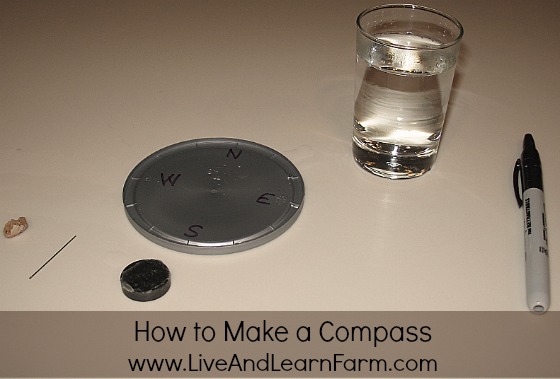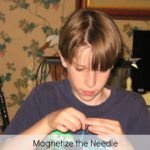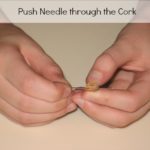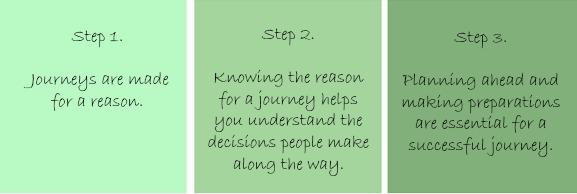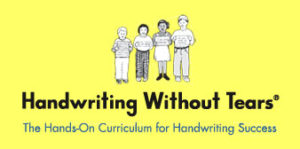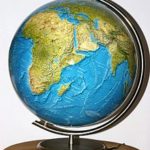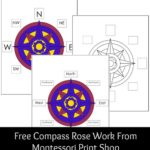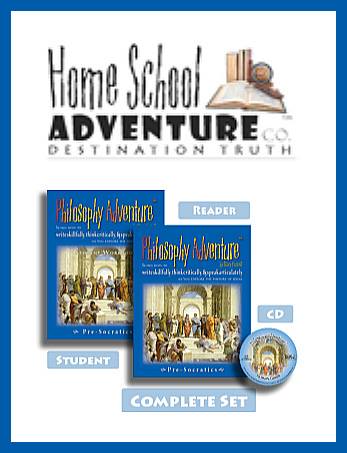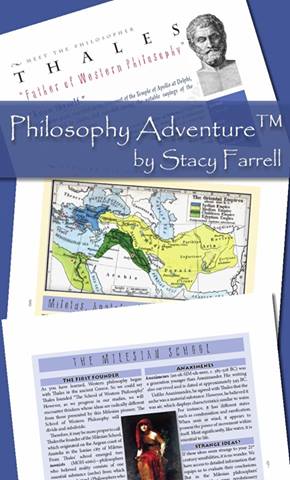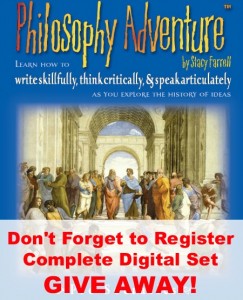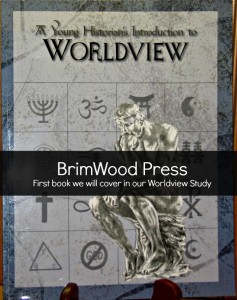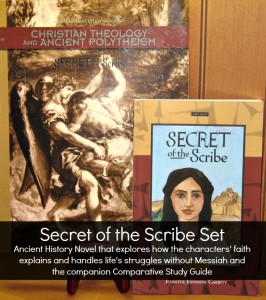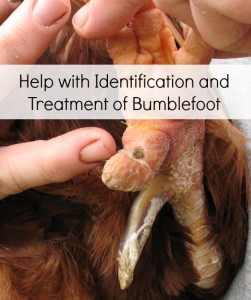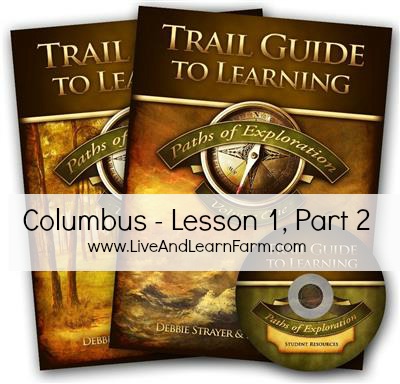

As you know we started Paths of Exploration by Trail Guide to Learning for our summer all-inclusive curriculum experiment. As we have discussed many times, we homeschool with a very hands-on (Montessori-ish) approach to education, so we are using lots of supplemental resources to augment this course. Our plan is to do the entire Paths of Exploration as an intensive study over the summer and early fall! This post is about Paths of Exploration Columbus Lesson 1 Part 2. If you missed lesson 1, part 1, you can find it here.
Section A: Copywork/Dictation. Focuses on “Language Skills and Thinking Skills”. As in the Lesson 1, it is from the original poem, A Journey of Adventure, written by the late Debbie Strayer. We are enjoying this work and we are finding more vocabulary words to add to our list. We work on these vocabulary words between classes.
Section B: Reader. Focuses on “Language Skills” skills. More reading from our required books.
Section C: Read-Aloud and Narration. Focuses on “Language Skills and Thinking Skills”. Today the boys had to retell specific passages of portions I read in their own words. Again, There are two required reading books about Christopher Columbus. One is Meet Christopher Columbus and the other is Christopher Columbus.
Section D: Word Study. Focuses on “Spelling and Phonics”. The words in Part 2 are the same vocabulary words in Part 1 and are too easy for even my nine year old. The boys “tested” (I asked them to spell each of these words individually and they all could) out of these and moved into more challenging words. We did the new part of the section which provided the definition and you had to pick the word that best fit. But, really it is still too easy. Here are the words I added, if you would like to put some challenge in. Unfortunately, they do not come from the reading… but we have used each of these words in our homeschool this past year.
- frighten
- airtight
- birthright
- blight
- brighten
- delight
- enlighten
- insight
- knight
- nightfall
- plights
- weeknight
Another new part of Section D Word Study was to study the past tense of words. We were given words that we had to find the past tense from the read-aloud books from Section C. This is still terribly basic, for middle schoolers especially. Here is a hands-on work that could be used for a more advanced study of the tenses of verbs for the older students and a more well-rounded, hands-on lower elementary work can be found here. We also did a study of the word “strange” and how it was used in the reading. The boys provided synonyms for the word according to how it was used in the different texts. They all got it and used the word “strange” and its synonyms appropriately. This section may end up being skipped altogether.
Also in this section we discussed various cities and if they are situated on the Mediterranean Sea. Again, I have no idea why this is in Section D when Section E is Geography. But the boys absolutely love the geography aspect, so I’m not complaining!
Section E: Geography. Focusing on “Thinking Skills”. We studied what a bazaar is. There are some discussion questions, but again, they are not terribly thought provoking. We decided to take this section deeper. We discussed what we might encounter at a middle eastern bazaar, the things you might see, hear, and smell. We talked about the fact that they are usually open-air markets and what weather elements they might encounter and wondered aloud how they would protect the items they were selling… such as spices. Speaking of spices, we wanted to experience what it might be like to walk into the spice tent at a bazaar. Research shows the more senses you engage when learning new material, the more likely it will be remembered. We made it a game, “Name that Spice Game“. Be sure to check out that post. It was fun (but there is a warning in that)!
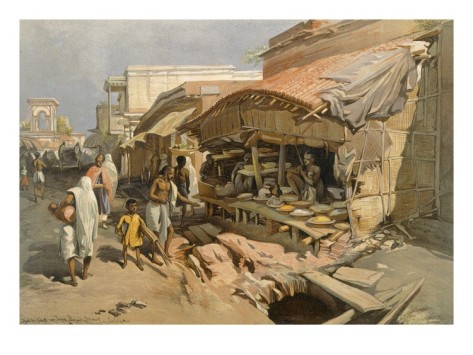
Native shop in a Calcutta Bazaar, 1867, William Simpson
Section F: Art. In this section we discussed how many of the items at a bazaar are handmade. The text showed some rugs and discussed their patterns and where you might find them. Then the boys were to draw their own. This was fun. We looked at many google images of African rugs! They are so beautiful and vibrant!
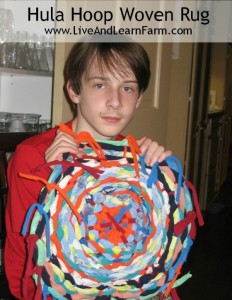 But, again, we like to take it deeper so we creating some of our woven products. We made a Hula Hoop Woven Rug! You can find that post here. We will be making an art hanging. Be sure to check those posts out as well, I will come back and link them to this post as well.
But, again, we like to take it deeper so we creating some of our woven products. We made a Hula Hoop Woven Rug! You can find that post here. We will be making an art hanging. Be sure to check those posts out as well, I will come back and link them to this post as well.
If you are looking for something a little less bulky, here is another weaving using a paper plate and yarn. The blogger’s three year old daughter was able to do this one! It is so precious!
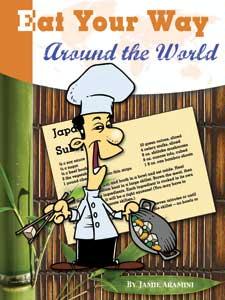 One final piece of the Geography study that will always go over extremely well in my house is the cooking piece. Remember Eat Your Way Around the World by Jamie Aramini is one of the required books. We are to experiment with making dishes from Egypt and Morocco this week. I will do another post or two about them!
One final piece of the Geography study that will always go over extremely well in my house is the cooking piece. Remember Eat Your Way Around the World by Jamie Aramini is one of the required books. We are to experiment with making dishes from Egypt and Morocco this week. I will do another post or two about them!
Section G: Independent Reading. As we discussed in Part 1, we modified this a bit so the boys will focus their reading on anything about Christopher Columbus for 30 minutes on Mondays, Wednesdays and Sundays. I wrote a post to share what our library resources are, you can find it here.
Thoughts thus far… there seems to be a lot of inconsistency. I expected the sections to stay the same throughout the Unit… they don’t. I’m not sure this is a big deal, but it is not what I would have expected. Also, I don’t understand why there is a section called geography, but some geography work is listed in other sections. Again, it just makes it inconsistent and a bit confusing… but NOTHING that you can’t work around or overcome. Thus far I can say I’m pleased with this product. We will continue to augment the lessons with a more hands-on approach, but I am pleased and am really liking the idea of an all-inclusive curriculum. I’ll give you more detailed feedback as we get further into the curriculum… but I’ll sum it with “so far, so good”.
I hope the additional hands-on lessons are a blessing to you and your children! Please leave me a comment and let me know what you are thinking of this series… and if you decide to purchase it and use it… let me know! I’ll be creating a blog roll for all of us with posts about Paths of Exploration sometime this summer!
Until next time…








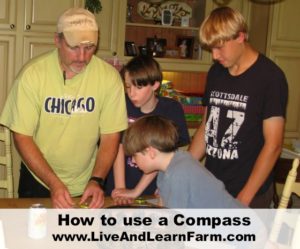 We started inside with a quick lesson on how to use a compass. I found some great instructions
We started inside with a quick lesson on how to use a compass. I found some great instructions 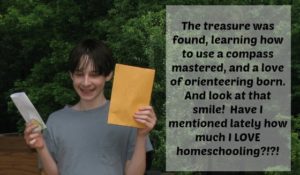 successfully. More importantly, they loved learning how to use a compass and hunting for an object … see the smile on Chase’s face! For those curious,
successfully. More importantly, they loved learning how to use a compass and hunting for an object … see the smile on Chase’s face! For those curious, 
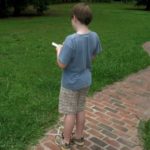
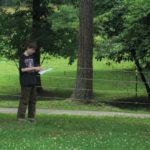
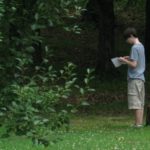

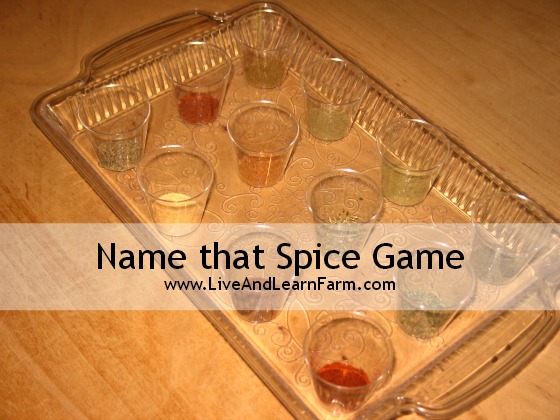
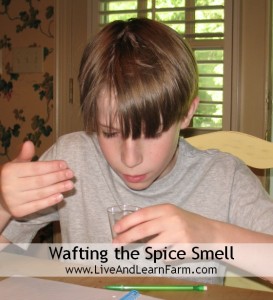 wafting and here is a
wafting and here is a 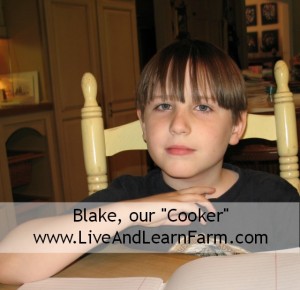 I was a little bit surprised with the results. Blake loves to cook and is in the kitchen with me cooking most meals. So, I expected him to do extremely well (and he did, 10 out of 12 he got right). But Gage came in a close second and he rarely cooks. However, Gage has always seemed to have heightened senses, so maybe this was just further confirmation of that theory. Chase was a distant third! He needs more time in the kitchen cooking, apparently!
I was a little bit surprised with the results. Blake loves to cook and is in the kitchen with me cooking most meals. So, I expected him to do extremely well (and he did, 10 out of 12 he got right). But Gage came in a close second and he rarely cooks. However, Gage has always seemed to have heightened senses, so maybe this was just further confirmation of that theory. Chase was a distant third! He needs more time in the kitchen cooking, apparently! 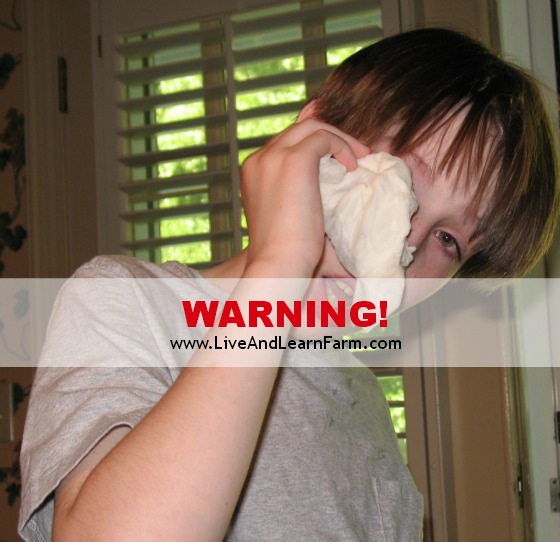
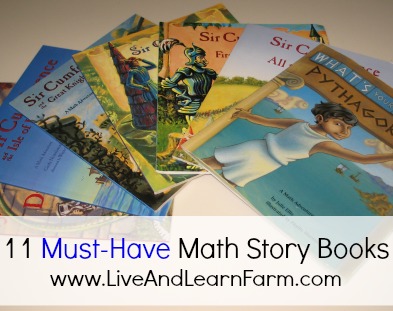
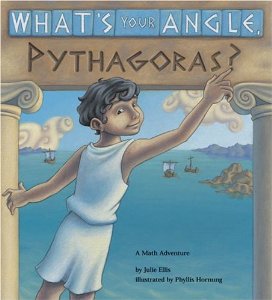

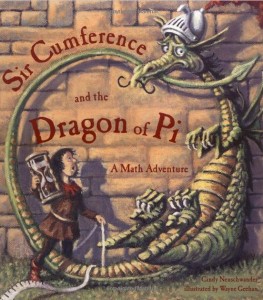
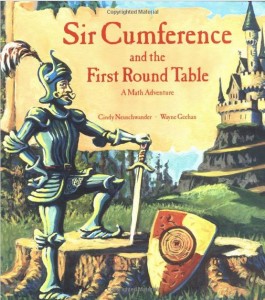

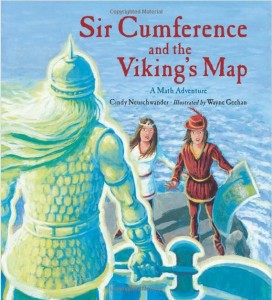
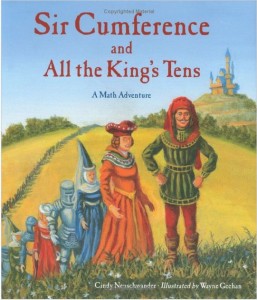

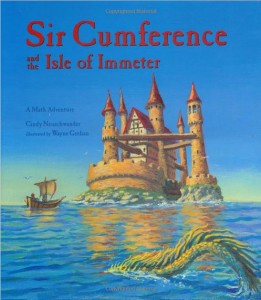
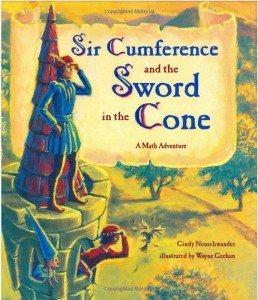

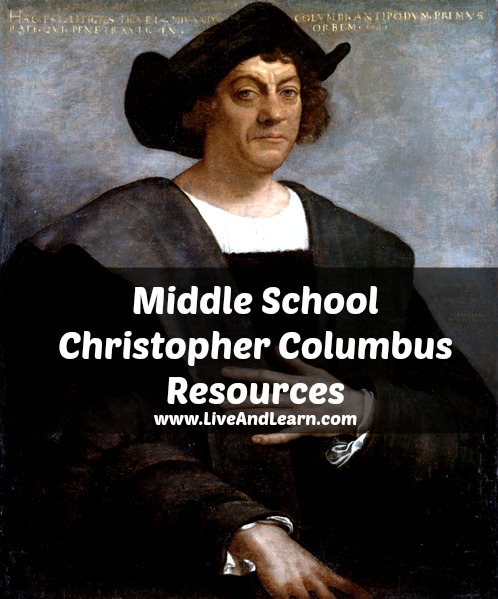
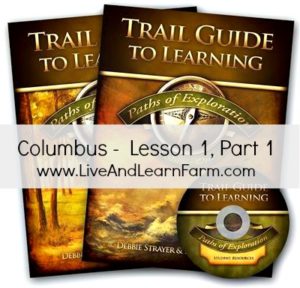
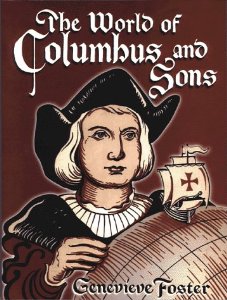 UPDATE 7/12: I have since added a fabulous book that has not been added to our library list yet.
UPDATE 7/12: I have since added a fabulous book that has not been added to our library list yet. 